Here, you’ll discover news, reviews, and new projects from Blue Sky Studios. Blue Sky Studios has already WOWed many viewers with their Ice Age series and plans to keep the pace.
Although their portfolio is small in number, it is significant in talent and a growing fan base.

Blue Sky Studios Shutting Down
Disney acquired Blue Sky Studios in 2019 as part of their FOX takeover. Now, less than two years later, Deadline and Los Angeles Times have confirmed Disney will be shutting down Blue Sky Studios. A studio spokesperson identified “current economic realities” as the cause for the shutdown.
In a short time, Blue Sky Studios turned out several entertaining films like the Ice Age and Rio franchises. Current projects like the anticipated Nimona are also canceled for the time being.
Only time will tell what Disney will do with Blue Sky’s blockbuster hits. Probably add them to the Disney+ library. You can already find Ice Age: Collision Course on Disney+, with more Blue Sky favorites likely on the way.
Blue Sky Studios New Photos
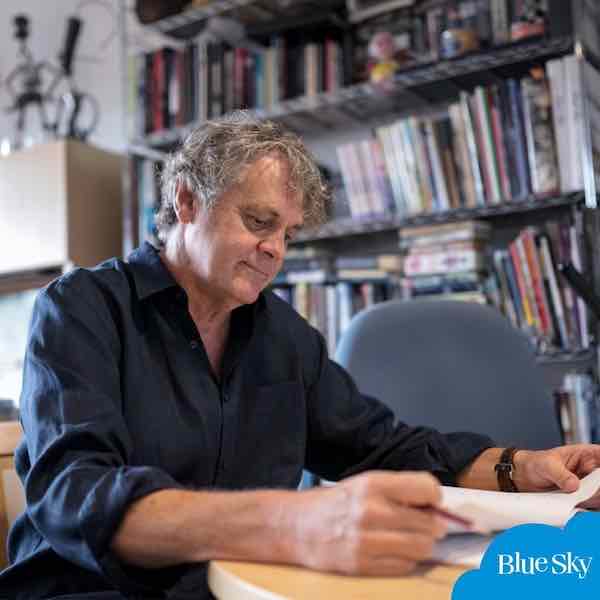
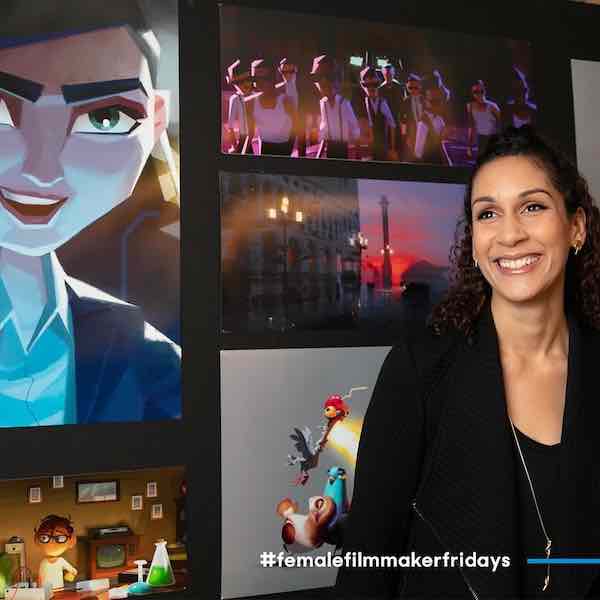
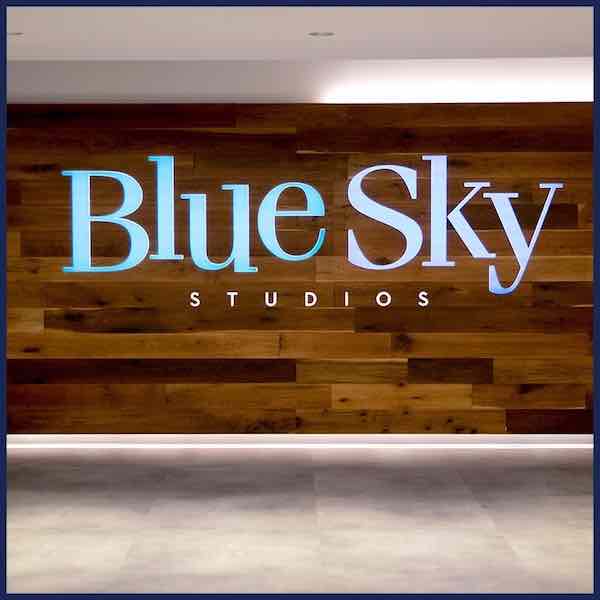
Blue Sky Studios Links
Blue Sky Studios Movies List
Enjoy this list of Blue Sky Studios films produced. This list of Blue Sky Studios movies in order shows how many great films the studio created before being taken over by Disney.
- Nimona (canceled)
- Spies In Disguise
- Ferdinand
- Ice Age: Collision Course
- The Peanuts Movie
- Rio 2
- Epic
- Ice Age: Continental Drift
- Rio
- Ice Age: Dawn of the Dinosaurs
- Dr. Seuss’ Horton Hears a Who!
- Ice Age: The Meltdown
- Robots
- Ice Age
Blue Sky Studios History
Once upon a time, six brilliant individuals chose to start their own small animation company. Little did they know they would become an industry giant under the name Blue Sky.
Blue Sky Studios is a computer animation studio in Greenwich, Connecticut, owned by 21st Century Fox. Coming to life in 1987, its founders, 6 brilliant people were Chris Wedge, Michael Ferraro, Carl Ludwig, Eugen Troubetzkoy, Alison Brown, and David Brown.
They all used to work for a company called MAGI, a visual effects studio well-known for its role in producing the 1982 movie Tron.
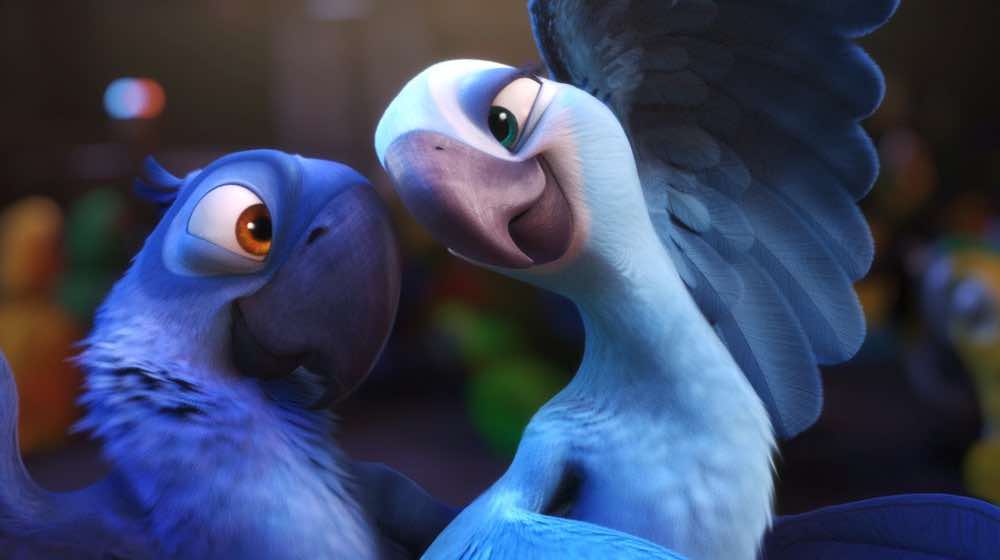
Blue Sky used its in-house engineering software to develop visual effects for films and commercials before exclusively dedicating itself to the production of animated films in 2002 with the release of Ice Age.
Rio and Ice Age are the company’s most successful franchises. The Peanuts Movie is their most critically acclaimed movie.
In 1970, a bright young man named Chris Wedge, pursuing his undergraduate studies at Purchase College, was employed by a computer technology company called Mathematical Application Group Inc. (MAGI).
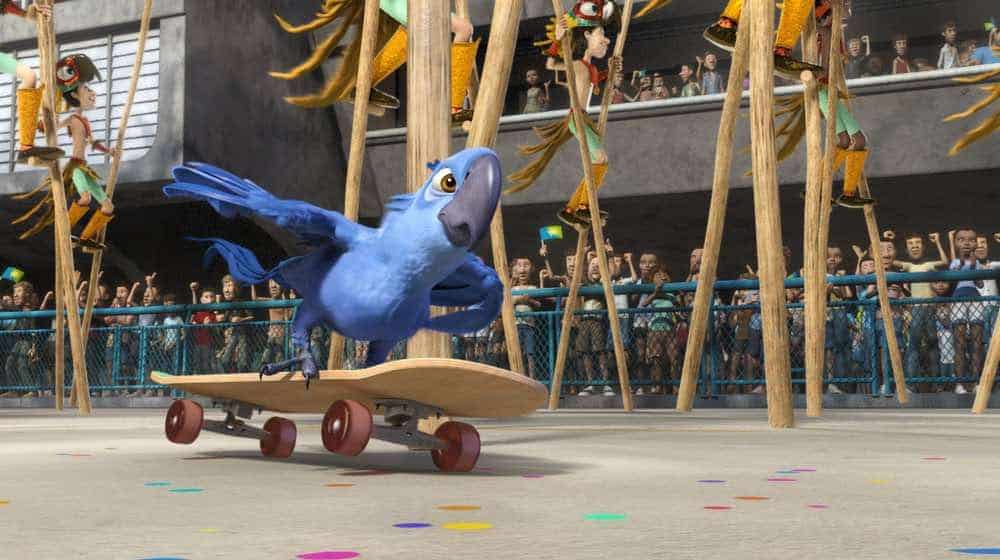
The company produced SynthaVision, software that replicated the laws of physics for measuring nuclear radiation. While working, Wedge encountered another impressive individual: Eugene Troubetzkoy, a computer animator with a Ph.D. in theoretical physics.
Due to his character animation skills, Wedge helped MAGI develop television commercials, which made Walt Disney Productions call. Disney hired MAGI to work on its film Tron.
Soon enough, the company added a systems architect named Michael Ferraro and an electrical engineer named Carl Ludwig. When MAGI’s star of success seemed to be getting dimmer, Alison Brown and David Brown were brought in as managing producers and marketing executives, respectively.
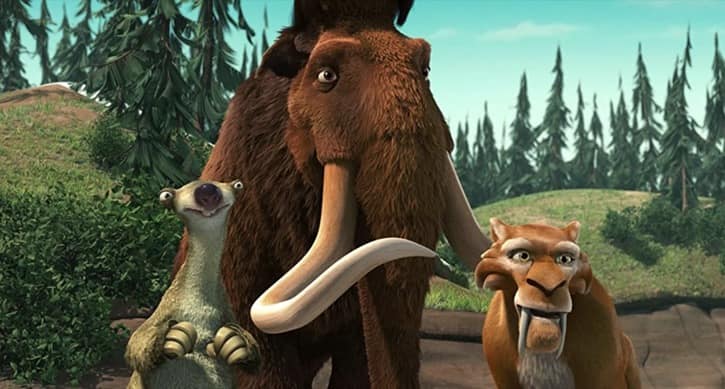
MAGI finally shut down, and the 6 individuals joined in February 1987 to begin Blue Sky Studios.
Ferraro went to work building a programming language specifically meant for Blue Sky Studios’ proprietary animation software, CGI Studio. After the 1987 stock market crash, the future seemed bleak for the new company, as they were not able to get their first client until two years later.
From the late 1980s to the 1990s, the studio concentrated on producing visual effects for films and television commercials. It began by animating commercials for pharmaceutical corporations where they showed the mechanisms of a time-release capsule.
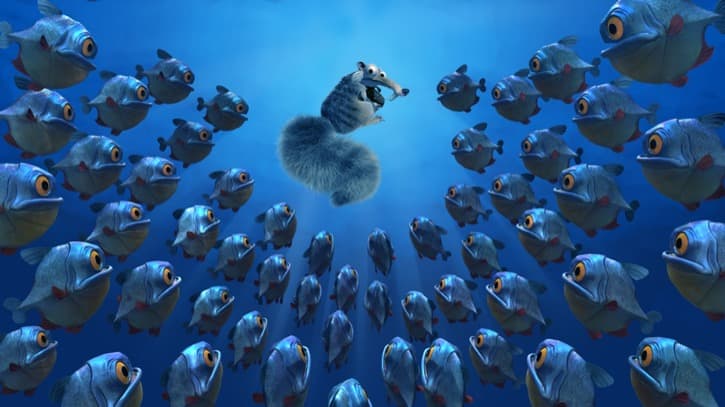
With that, they started earning some income from their venture. Another landmark commercial was Chock Full of Nuts, which involved a talking bean.
Their production list also included computer-animated M&Ms. Blue Sky developed over 200 ads using CGI Studios for clients such as General Foods, the United States Marines, Texaco, and Chrysler.
In the 1990s, Christmas came early for the company as MTV hired the studio to animate its network IDs. This led to further collaboration between the 2 companies on the 1996 movie Joe’s Apartment; where do you think the talking cockroaches in the film came from? With that, other customers followed, including Rayovac, Braun, Gillette, and Bell Atlantic.
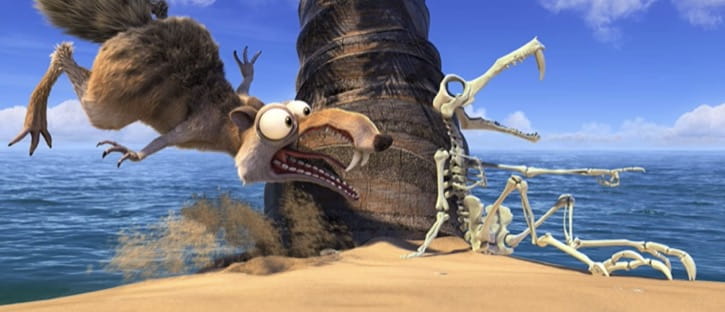
The Braun commercial went on to win the CLIO Award for advertising. Ludwig, remembering the award, said that the judges initially mistook the commercial for a live-action submission because of the computer-animated razor’s photorealism.
In August 1997, VIFX, an animation and visual effects company in Los Angeles and a subsidiary of 20th Century Fox, came knocking.
The company acquired a majority interest in the now notable animation company Blue Sky Studios, forming a new animation and visual effects company temporarily called Blue Sky/VIFX.
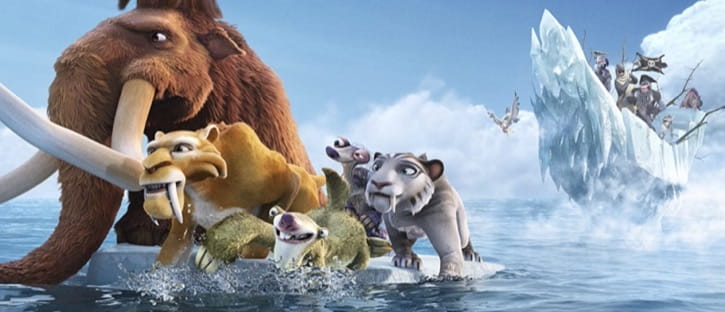
With Fox’s entry, the studio expanded. The result was the production of diverse character animation for films such as Alien: Resurrection, Mouse Hunt, A Simple Wish, Star Trek: Insurrection, and Fight Club.
From 1990, Wage had his eye on Bunny, a short film that was to showcase CGI Studio. The feature is based on a rabbit that is irritated by the moth. The moth then leads the rabbit to reunite with her husband.
During this period, the team added an additional member: Carlos Saldanha. He was a student from the School of Visual Arts who was hired by Blue Sky as an animator. He directed several animations and played a role in the Bunny project.
In 1996, Nina Rappaport, a producer at the production house, assigned the Bunny project to Wedge. Finally, the studio released Bunny in 1998, winning the Best Animated Short Film at the Academy Awards.
Bunny was a landmark success. Not only was it a difficult undertaking at the time, but it also gave Blue Sky Studios the green light to develop feature-length films.
The F/X market crash made Fox rethink its animation strategies and contemplate leaving the visual effects industry. They sold VIFX in 1999 to Rhythm & Hues Studios, another visual effects company.
Blue Sky Studios turned its attention to the Ice Age. The movie was released in 2002 and received great commercial and critical success. It received an Academy Award nomination for Best Animated Feature.
With its success, Blue Sky became the third production house after DreamWorks and Pixar to launch a CGI franchise successfully.
Together Bue Sky and Fox have broken records and shown to the world that they are a formidable force in the animation industry.
They have done this through their hit movies, which include 2005’s Robots, 2008’s Dr. Seuss’ Horton Hears a Who!, 2011’s Rio, and the successful Ice Age sequels: 2006’s The Meltdown, 2009’s Dawn of the Dinosaurs, and 2012’s Continental Drift.
We can expect the third Rio film soon, together with extensive adaptations from Mutts and the Alienology series.
Their dates have still not been revealed. However, Anubis is scheduled to be released in 2018, while another feature, Ferdinand, will be on screens in December 2017.
Also, check out Illumination Entertainment.